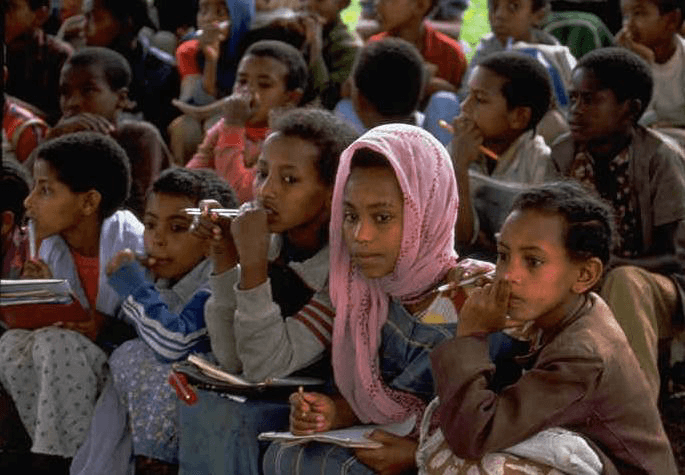Peer education
Peer Education is an approach to health promotion activities, in which community members are supported to promote health-enhancing change among their peers. Rather than health professionals educating people, the idea behind peer education is that ordinary lay people are in the best position to talk, discuss and promote healthy behaviour to each other.
Research suggests that people are more likely to hear and personalise messages, and thus to change their attitudes and behaviours if they believe the messenger is similar to them and faces the same concerns and pressures. Numerous studies have demonstrated that their peers influence youth's health behaviors-not only regarding sexuality but also regarding violence and substance use. Peer education has the power of changing young people to the desired behaviour and makes youth's role modelling doable. Peer education can support youth in developing positive group norms and in making healthy decisions about sex (Figure 19, below).
A peer education program is usually initiated by health or community professionals, who recruit members of the "target" community to serve as peer educators. The recruited peer educators are trained in relevant health, nutritional, information and communication skills. Equipped with these skills, the peer educators then engage their peers in conversations about the issue of concern, seeking to promote health-enhancing knowledge and skills in connection to nutrition. The intention is that familiar people, giving locally-relevant and meaningful suggestions, in appropriate local language and taking account of the local context, will be most likely to be able to promote health-enhancing behaviour change.
In the school environment, peer health and nutrition educators are a diverse group of students who are trained to teach fellow students about pertinent health and nutrition issues in a positive, interactive and non-judgmental manner.
The peer educators may be supported by regular meetings and training, or expected to continue their work without formal supports.
